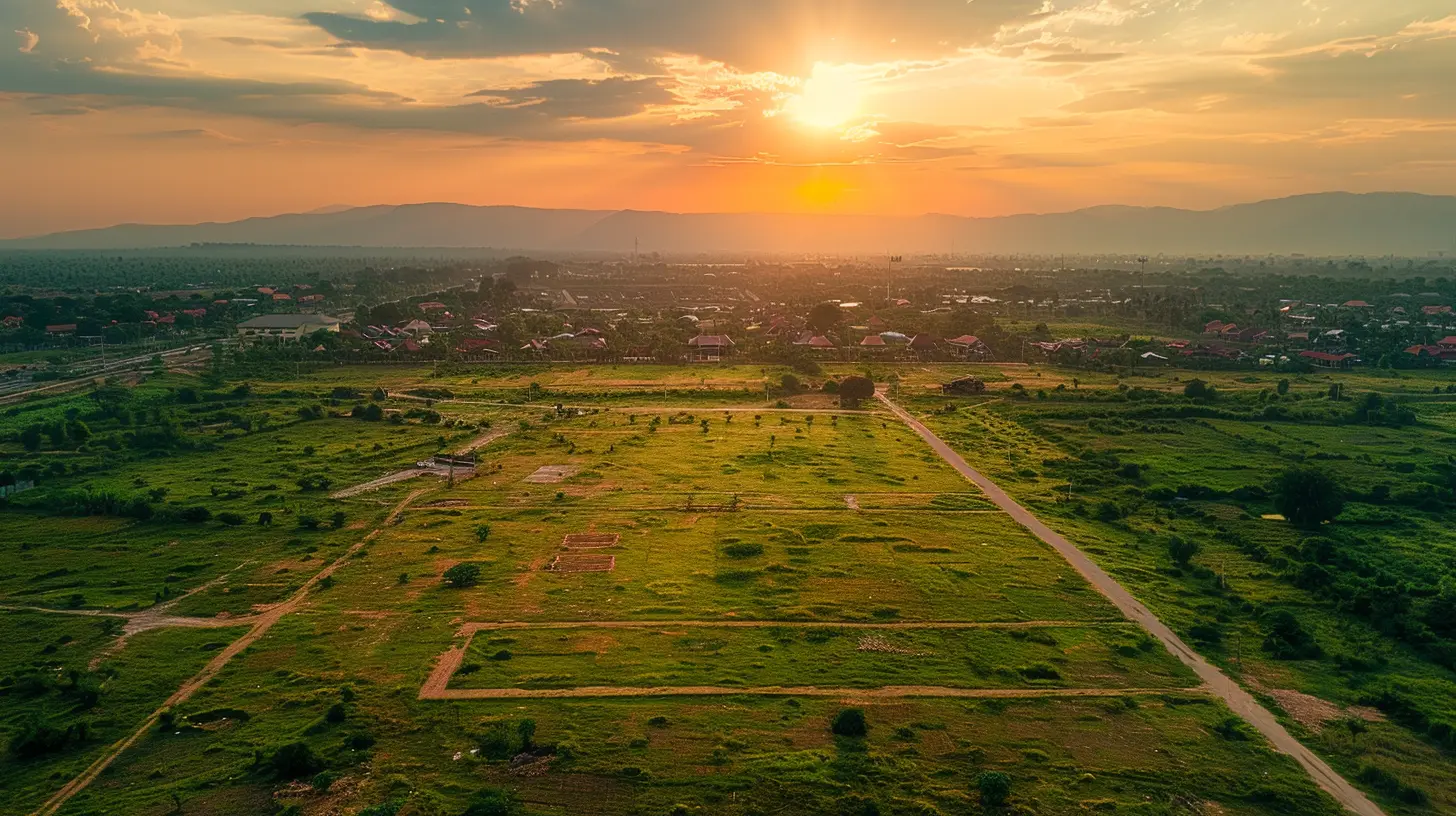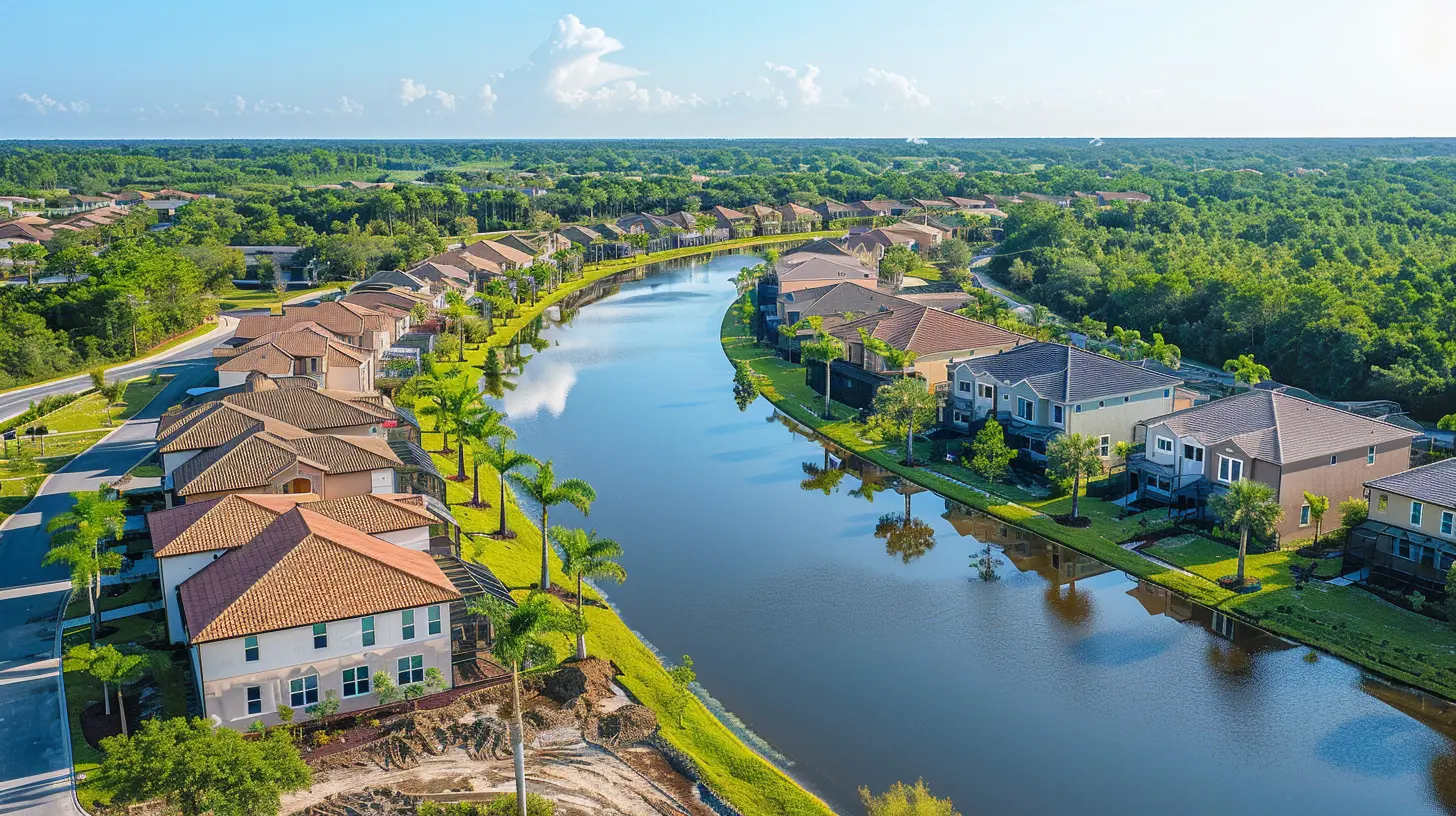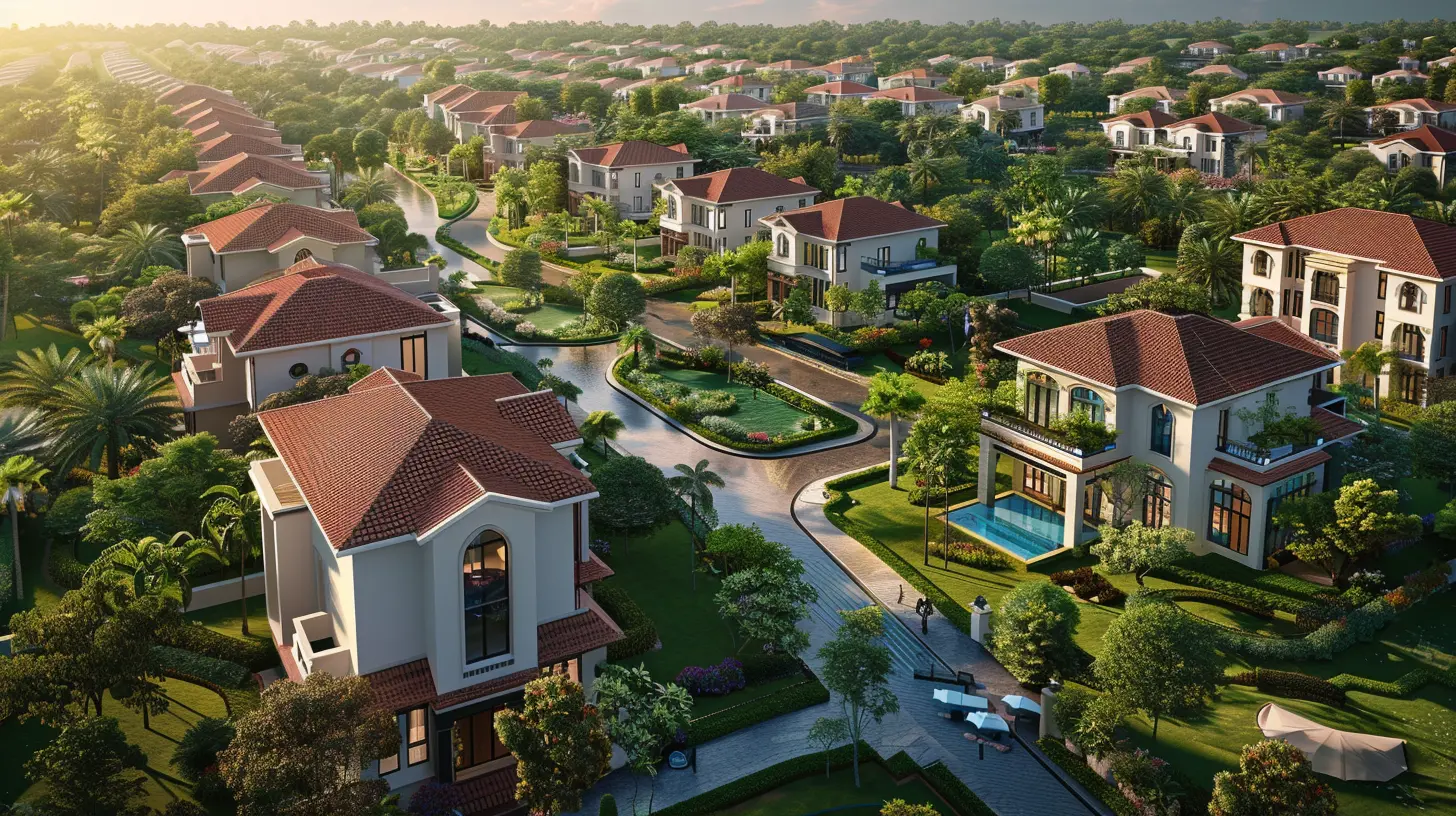How to Effectively Market Your New Land Development Project
20 November 2025
Launching a new land development project? Congratulations! You’re stepping into a world of opportunity. But here's the catch—no matter how amazing your project is, it won’t sell itself. Without the right marketing game plan, it’s like throwing a party and forgetting to send out invitations.
So, how do you grab the right attention and turn those open plots into bustling communities or high-demand spaces? This guide is your go-to blueprint for effectively marketing your new land development project in a way that gets people talking—and buying.
Let’s dive in!
🧠 Understand Your Target Audience First
Before you even think about logos, websites, or launching ads, press pause. Who are you selling to?Are you targeting homebuilders, commercial developers, investors, or private buyers? Each group has totally different priorities. A family looking to build their dream home isn’t going to care about the same things a commercial investor would.
Put yourself in their shoes. What do they want? What are their problems? Your marketing should aim to solve a pain point or fulfill a desire.
Ask yourself:
- What are their long-term goals?
- What kind of return are they expecting?
- Are they buying for personal use or investment?
Once you've nailed down your audience, every marketing move becomes way more strategic.
🌍 Craft a Compelling Brand Identity
Think branding doesn’t matter for land? Think again.Even dirt sells better with a good story.
Your brand is your personality—it’s what makes your development feel unique and valuable. Everything from the name of your community to the colors on your brochure should paint a picture in the buyer’s mind.
Here’s what a strong brand identity generally includes:
- A project name that's memorable and relevant (avoid generic names like "Sunset Hills #3")
- A logo that reflects the vibe of your development (modern, rustic, luxurious)
- A tagline that sums up the vision in one punchy sentence
- Consistent colors and fonts across all marketing materials
Need inspiration? Take a look at successful master-planned communities. They often use themes—nature, modern lifestyle, or historical features—and build the whole identity around it.
📸 Create Stunning Visual Assets
Let’s face it—humans judge books by their covers. And they definitely judge land by how it looks in photos.Before there’s even a building on it, your project needs to look like it’s already alive and thriving. That’s where high-quality visuals step in.
Invest in:
- Aerial drone footage of the site
- Renderings or 3D models of the proposed development
- Lifestyle imagery showing what life could look like (people walking, biking, enjoying parks, etc.)
- Interactive maps that give context (nearby schools, highways, nature trails)
These aren’t just pretty pictures. They’re emotional hooks. They help people visualize themselves there. And people don’t buy land—they buy dreams.
🌐 Build a Professional, Conversion-Driven Website
Your website isn’t just an online brochure—it’s your 24/7 salesperson.And it better be good.
Here's what your website absolutely needs:
- A clear value proposition right at the top
- Mobile responsiveness (most users will check you out on their phones)
- Fast load speed (bye-bye, bounces)
- High-resolution visuals (remember those stunning assets we mentioned?)
- Contact forms and CTAs ("Schedule a Tour", "Download the Brochure", etc.)
- FAQs and blogs to handle objections and boost SEO
Also, use simple language. Don’t drown people in zoning codes and legal jargon (unless they specifically ask for it). Speak like a human. Better yet, write like you’re talking to a friend over coffee.
🗺️ Leverage Local SEO to Get Found Online
Okay, your fancy new website is live. But how do people actually find it?That’s where Local SEO comes in.
You want your development to be the star of the show when someone Googles “land for sale near [city]” or “new community in [area].”
Do this:
- Create a Google Business Profile for your project
- Use location-specific keywords across your site (e.g., “new homesites in Cedar Grove, TX”)
- Get listed in local directories
- Encourage early buyers or partners to leave reviews (yes, even for land!)
- Write blogs about the local area, market trends, or what makes your location special
Think of it this way: Local SEO is like putting a neon sign above your website saying, “Hey! I’m right here!”
📱 Run Targeted Social Media Campaigns
Social media can be a goldmine—if you treat it like a strategic tool rather than a random megaphone.Here’s the secret sauce: targeted content + paid ads.
Platforms like Facebook and Instagram allow you to zoom in on your ideal audience—down to interests, behaviors, income, and even job titles.
Post content that:
- Shows progress updates (site grading, road work, signage)
- Highlights nearby amenities (schools, trails, playgrounds)
- Introduces the team or vision behind the project
- Shares testimonials from early buyers or partners
Don’t forget video! A quick 30-second drone fly-through can get more engagement than 10 static photos.
And yes—put a little budget behind it. Organic reach is great, but paid ads let you scale like a boss.
📰 Use Public Relations to Build Early Buzz
Want to turn heads beyond your social circle? Get the press involved.Media coverage adds credibility and reaches audiences you couldn’t connect with otherwise.
Reach out to:
- Local newspapers and real estate magazines
- Community radio stations
- Local bloggers and influencers
- Industry newsletters and trade journals
Pitch stories like:
- “100-Acre Sustainable Community Planned in [City]”
- “Green Infrastructure to Lead [Your Project] Development”
- “Local Developer Brings Jobs and Growth to [Area]”
Pro tip: Have a press kit ready with high-res images, bios, and key facts. Make it easy for the media to say “yes.”
🤝 Build Strategic Partnerships
Marketing isn’t always a solo sport. The right partnerships can give you a serious lift.Form alliances with:
- Real estate agents who specialize in land or new construction
- Homebuilders, architects, and contractors
- Mortgage brokers or land loan specialists
- Local businesses who want to be part of the new community
Why does this work? Because these folks already have the trust and attention of your ideal buyers.
Consider offering referral incentives. A little commission goes a long way when it means more eyes—and offers—on your project.
🎪 Host Events and On-Site Experiences
You’ve got land. Use it.Nothing beats boots-on-the-ground marketing when it comes to selling real estate. Hosting on-site events can turn curious browsers into serious buyers.
Ideas include:
- Launch events with music, food trucks, and local vendors
- Realtor open houses or preview tours
- Guided property walks with a development rep
- Photo-friendly moments (think: branded signs for Instagram)
Think of it like speed dating—but for land. People want to feel connected. An afternoon on your site can do more than a thousand brochures.
📨 Use Email Marketing to Nurture Leads
Not everyone buys on Day 1. That’s okay. Your job is to stay top of mind until they’re ready.Email marketing is your secret weapon here.
Build an email list through:
- Website opt-ins (“Download the Site Plan”)
- Event sign-ups
- Paid ads offering free resources
Then send:
- Regular development updates
- New pricing or lot releases
- Testimonials or success stories
- Local area highlights
Keep your emails short, valuable, and visually appealing. No one wants to read a wall of text. Make every word count.
📊 Track, Measure, and Optimize Everything
Last but 100% not least—know your numbers.It’s tempting to do a bunch of marketing and hope it works. But that’s a recipe for wasted time, energy, and money.
Track key metrics like:
- Website traffic and lead conversions
- Cost-per-lead on ads
- Email open and click rates
- Social engagement and reach
Use tools like Google Analytics, Facebook Ads Manager, and email software reports to keep tabs.
Then tweak, test, and improve. Marketing is never “set it and forget it.” It’s more like gardening—plant, water, watch, adjust.
Final Thoughts: A Great Project Deserves Great Marketing
Here’s the truth: You can have the best location, the smartest layout, and the most promising returns—but if nobody knows about it, none of it matters.Effective marketing isn’t about being flashy or salesy. It’s about connecting your vision with the right people at the right time. When everything lines up—the dream, the audience, the message—you create momentum. And that momentum turns into buyers, builders, and buzzing communities.
So gear up, get visible, and start shouting from the virtual rooftops—because your development deserves to shine.
all images in this post were generated using AI tools
Category:
Land DevelopmentAuthor:

Melanie Kirkland

